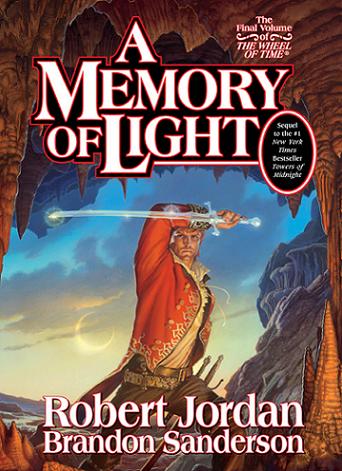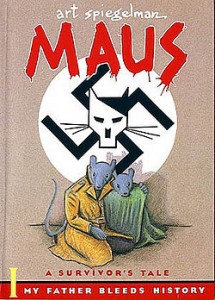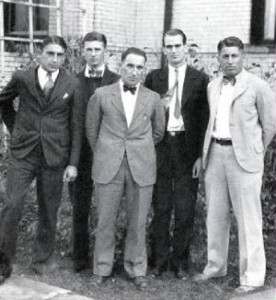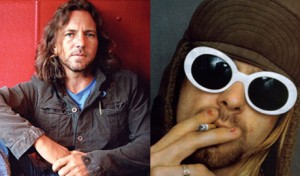Welcome to “Recorded Conversations,” an occasional feature where all the Addison Recorder editors contribute their thoughts about a question, idea, or prompt. Everyone will chime in, and then we see where the conversation wanders. The question for this first Conversation was posed by Alex Bean:
Question: What cultural object (movie, music, show, book, play, whatever) do you find yourself coming back to again and again over the years?
—
Indeed, Alex, that is a wide-open question. Thus, I feel it deserves a broad-ranging answer. Not broad-ranging like Mr. Cook’s answer, but an answer so utterly gargantuan & sanity-sapping that it has mutated beyond its origins as a cultural object and into an unnamable sub-culture.
I speak, of course, of H.P. Lovecraft and this delightful Mythos.
I came to the Mythos from a few different angles, much like a Hound of Tindalos. By my teens, I was already a devotee of Poe and Bierce, as well as a tabletop gamer. In addition, my local library had a section dedicated to Wisconsin writings, including the stories of August Derleth. When my mind pieced together these seemingly dissociated bits of knowledge, it lead me inexorably to HPL.
That selfsame library also contained many blasphemous tomes published by Arkham House, the Wisconsin publishing house founded by Derleth and Donald Wandrei. These included the original anthologies of Lovecraft’s work, which I confess to borrowing often and for the full allowance of time.
It was the summer after my first year of high school when I cracked open an HPL story for the first time. Under the searing light of a relentless midday sun, I read the short story “Dagon.” It was… okay. I mean, I liked it, but it didn’t grab me.

Dagon did, however, grab the front of this ship.
After a bit of research, I learned that the chronological approach was not the best way to read HPL. So I jumped next to “The Nameless City.” The mood and ambience of that story struck me. Maybe there was something to this Lovecraft fellow, I thought. On it went, my enjoyment of HPL’s work slowly overtaking me, much like madness does to his protagonists.
And then I read “The Colour Out of Space.” I was hooked. This was the story that sealed my fate as a Lovecraft geek: the slow terror of a creeping blight, the sheer horror of powerlessness in front of an unworldly presence, and yet… a seemingly random event.
After that, all I could do was tumble down into this Styigan abyss. I was devouring weird and supernatural fiction that were tangential (or influential to) HPL’s Mythos. It introduced me to Robert W. Chambers and his Yellow Sign, which prepared me for the plays of Luigi Pirandello. It—

Have you seen the Yellow Sign?
I’ve got to pull back, here. There isn’t enough room in this response to list all the creative vistas that HPL opened to me: games like Delta Green, Arkham Horror, and Call of Cthulhu; other authors of the weird such as Arthur Machen, Ramsey Campbell, and Neil Gaiman; songs by the likes of Metallica, the Mountain Goats, and the Darkest of the Hillside Thickets; podcasts, films, people, my Master’s thesis…. And on, and on, ad infinitum.
I keep returning to Lovecraft and his Mythos for more than the original stories. The man himself was terribly flawed, and his stories could’ve used better editors. But the ideas that flowed from Lovecraft’s pen, and the community of writers he encouraged and collaborated with, those are what keep me coming back to his eldritch Mythos.
Read the responses from the other editors: Bean, Andrew, and Travis.












